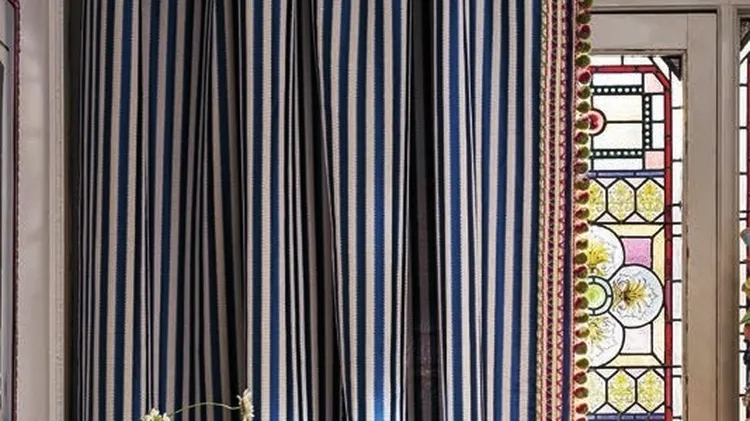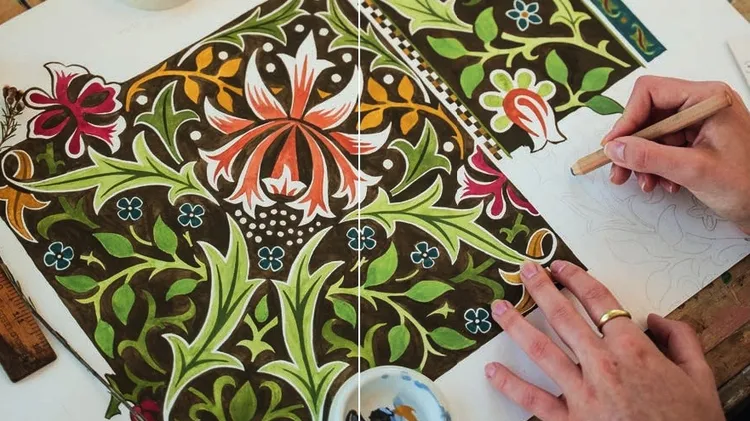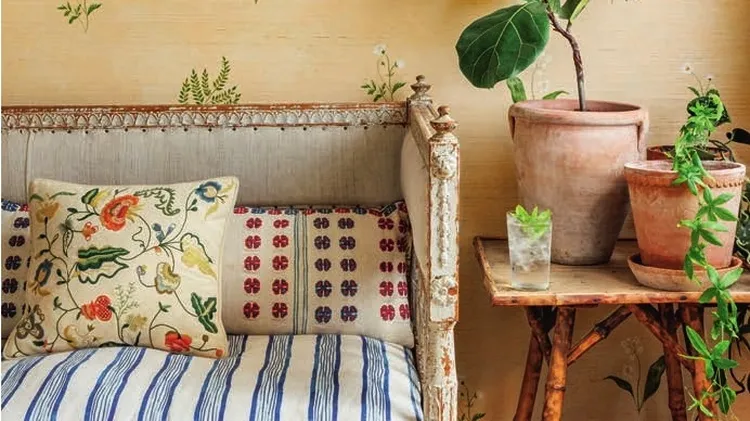Continuing our series celebrating the evolution of colour and pattern, w
Creative combinations
8 min read
This article is from...
Read this article and 8000+ more magazines and newspapers on Readly






